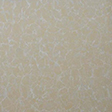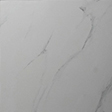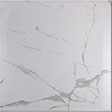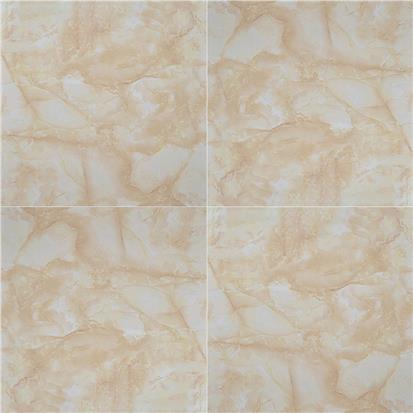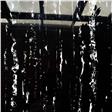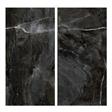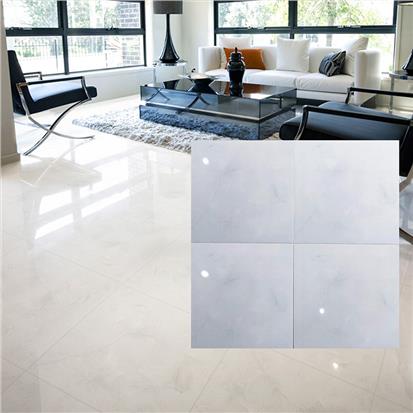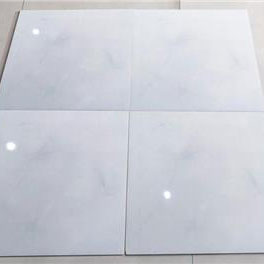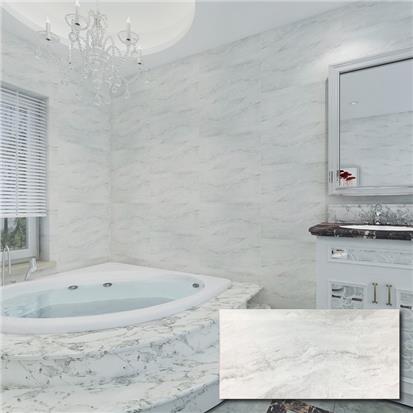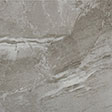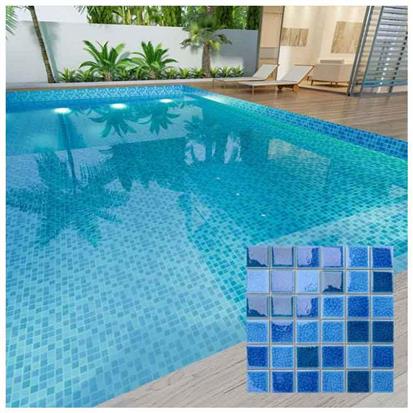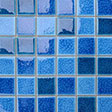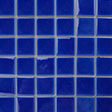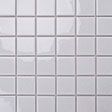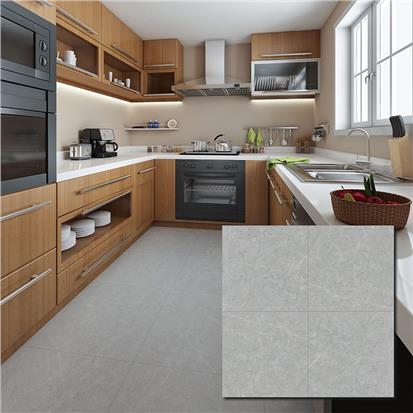After installing the tiles, what is the reason for the uneven tiles? Is it the problem of the tiles themselves or the error in the construction process? Let's analyze the causes of the uneven tiles.

What Causes Uneven Tiles - What Factors Affect the Flatness of Tiles
Self factors
1. Tiles are fired at high temperature and high pressure, and there will be some bow back phenomenon more or less. After the precise selection of the machine, this phenomenon of bow back exists within the limits of the standard, which generally will not have an impact on the paving. Therefore, when purchasing ceramic tiles, it is best to select large manufacturers such as the top ten brands of ceramic tiles. High-quality ceramic tiles are produced under the production strength and monitoring of large manufacturers.
2. Tile warping angle. The main reason for the formation of ceramic tile warping angle is that the ceramic tile has not been completely burned. The ceramic tile formula uses high-temperature materials. Many small manufacturers add low-temperature materials for fast burning. During the firing process, the burned-out low-temperature material wraps the high-temperature material, forming vitrification on the surface, but the internal material is not completely vitrified or vitrified. Therefore, after paving, due to the influence of cement tension and the environment, the rebound deformation will appear warping angle.
Environmental factors
1. Foundation deformation. Buildings will have a certain degree of settlement due to geological problems. Different locations, different forces, and different degrees of the settlement will occur. After a long time, the ground will be uneven, and the tiles will be uneven.
2. The temperature difference varies greatly. The change of temperature and humidity in four seasons will lead to the deformation of ceramic tiles when the temperature is too low or too high. When the temperature in the north is too low in winter, the water in the cement mortar binder will freeze and expand, damaging the structure and strength of the cement mortar. In this case, the tiles will become bulging. And ceramic tile is in high temperature for a long time, also can appear the phenomenon of deformation.
Human factors
1. Incorrect cement mortar ratio. In traditional paving, cement and sand are usually mixed on site as adhesive, and the proportion of cement and sand is very important. Incorrect proportioning, too high a proportion of sand, or no adhesive in the mortar will lead to the cement mortar not sticking to the tiles and the floor tiles cocking up.
2. Incorrect paving direction. It has been learned that each ceramic tile has a slight bow back during production. During production, the manufacturer has made paving instructions on the back of the ceramic tile, which can ensure: ① the texture connection on the surface of the ceramic tile is more smooth; ② the edge camber of each brick is similar, and the paving is relatively flat. If the tiles are not laid correctly according to the instructions on the back of the tiles, the tiles will certainly be uneven.
3. The cement mortar is applied unevenly. During tile laying, some bricklayers only apply around the tiles to save time, resulting in only 3-5cm mortar on the edge of the tiles being pasted on the wall. The tiles with uneven stress are not only not firmly bonded, but also may be uneven in the later stage.
4. During paving, seamless paving or too fine seam shall be adopted. Almost every ceramic tile has a slight deviation in length, squareness, edge straightness, etc. If there is no joint, when the height difference of the edge of the ceramic tile is slightly large, it seems that the joint will be uneven. At the same time, seamless paving is easy to lead to hollowing, arching, or cracking of ceramic tiles during thermal expansion and cold contraction.
5. Tiles are not compacted after paving. After the tiles are pasted on the ground, since the cement mortar is still in a semi-dry state, it is necessary to press the mortar down by knocking to evenly distribute the cement mortar under the tiles, so as to avoid uneven stress on the tiles when the cement solidifies and affect the flatness. In many cases, the paving workers ignore this step and do not compact the bricks.
6. Level gauge and vertical cone are not used during construction. Some masters do not use a level and a vertical cone for positioning during operation, thinking that visual inspection is enough. This is very nonstandard. The reasons for uneven ceramic tiles are ceramic tiles' own factors, environmental factors, artificial construction, and other factors. For these reasons, in addition to the foundation problems that are difficult to change, we should try our best to optimize the selection of ceramic tiles and find excellent and responsible construction masters.
 EN
EN FR
FR PT
PT AR
AR


